“Don’t let gender equality become ‘lip service,’” -Mercy Dikito-Wachtmeister, Global Water Partnership
How can we translate gender strategies and indicators into on the ground action? This question rang throughout Stockholm World Water Week’s session on “Concrete Actions: Advancing the Integration of Gender, Water and Food Security.” Barbara van Koppen from the International Water Management Institute urged agencies and participants to take a comprehensive approach to gender mainstreaming in water provision through a multiple use services approach, which integrates the multiple needs of poor water users into water management strategies.
“We all generally accept that women need water for domestic uses, but women also need water for productive uses and these are context specific,” explained van Koppen in her presentation. While gender mainstreaming in water and sanitation provision has been a topic of discussion for years, the recent coupling of this discussion with food security adds an additional dimension to water provision that we oftentimes forget: we must remember that women are often involved in the agricultural sector and this effects water usage outside of domestic use. Van Koppen stressed the need to not only collect data on how many people use each source of water within a community but to also disaggregate the data based on gender and type of use for each water source.
Dikito-Wachtmeister from the Global Water Partnership (GWP) stressed the importance in her presentation of using gender indicators in data collection to hold governments and institutions accountable for gender sensitivity in water projects. Such data can be used as evidence for advising policy makers on the status of gender equality and can highlight the importance of gender equality in the success of water supply and sanitation provision. “On the ground” action can be achieved by showing governments and institutions in ways they understand best….numbers.
Ilaria Sisto of the Food and Agriculture Organization (FAO) substantiated Dikito-Wachtmeister’s rhetoric on indicators by highlighting staggering data on gender inequality in agriculture in her presentation. “Women comprise 43% of the agriculture labor force in developing countries ranging from 20% in Latin America to 50% in Sub-Saharan Africa,” Sisto reported. Despite the large role that women play in the agriculture labor force, FAO found that women farmers produce less per unit of land because they do not have the same access to productive resources (e.g. fertilizer and technology) and opportunities as men. FAO uses the following indicators for gender and agriculture: management of land and water resources, access to paid employment, educational attainment, institutional empowerment. Click here for more information about FAO’s program.
With an impressively balanced audience of men and women, it is certainly apparent that interest in the gender sector is growing and gaining recognition for its importance within the water and development sector. How does your program intend to address gender? Share your thoughts here and join WLE as we map our program’s gender goals.
For a complete list of presentations during this session, please click here.



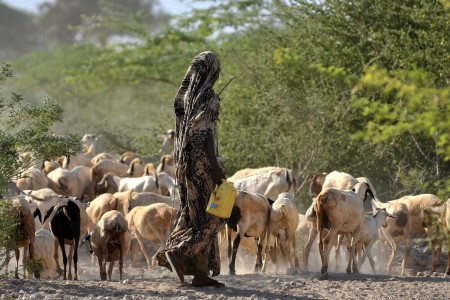



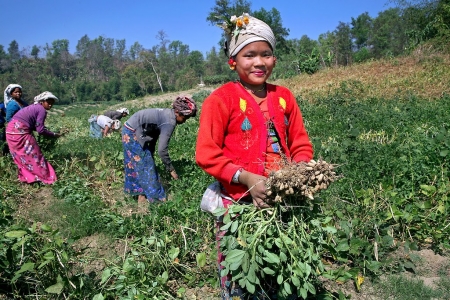



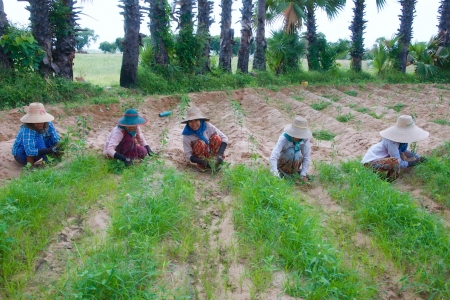
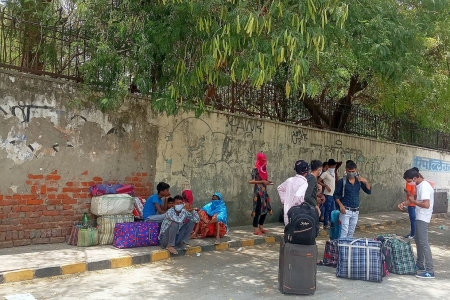




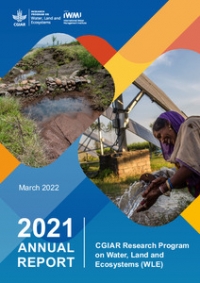
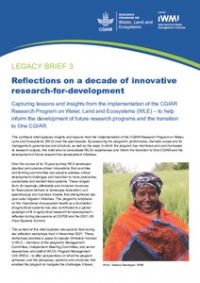
Comments
Well done, Abby for bringing this great session closer to those of us who missed it. I have enjoyed listening to Barbara's excellent and thoughtful presentation. It gave me some ideas for our Women and Water session here at the Chuncheon Global Water Forum (7 September). If you can post some of the other presentations (Mercy, Minister Mutagamba), that would also be great. I am so sorry that I missed the session.
Nice post. You efforts putting this blog together was worth the while. Great job Abby.